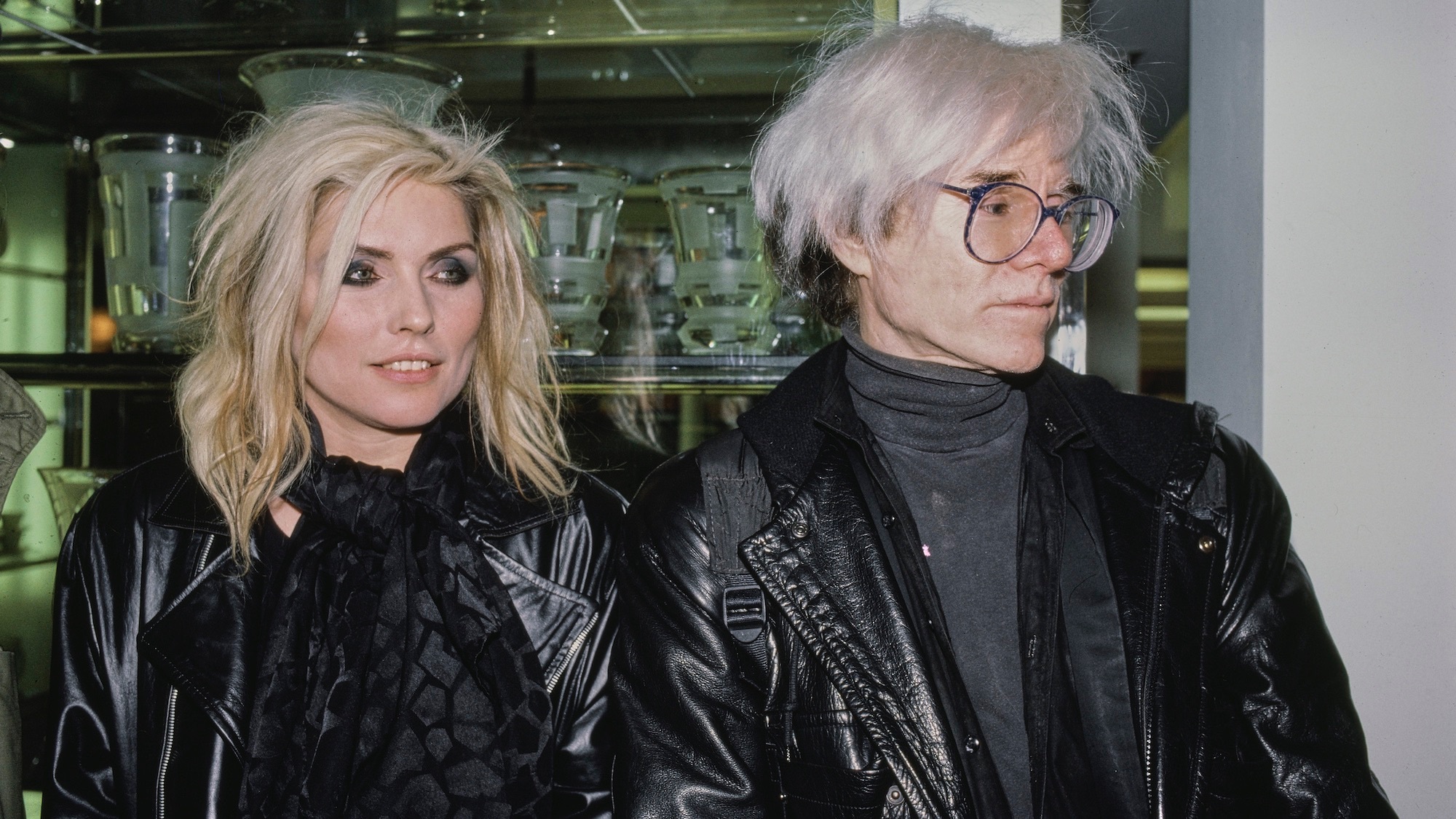Andy Warhol and the Amiga's Groundbreaking Debut

The Legacy of the Commodore Amiga and Its Cultural Impact
This month marks a significant milestone in the history of personal computing: the 40th anniversary of the release of the Commodore Amiga. Alongside other iconic machines like the Apple Macintosh and Acorn computers, the Amiga played a pivotal role in bringing the digital age into homes and shaping the early PC revolution. Initially positioned as a versatile machine for business use, the Amiga 1000 was equipped with a 16/32-bit Motorola 68000 CPU, advanced graphics and sound systems, and a multitasking operating system running on 256 KB of ROM. What made the Amiga stand out was its creative potential, allowing users to develop video games, artwork, and music in ways that were groundbreaking at the time.
One of the most surreal moments in tech history came with the Amiga’s public debut. On July 23, 1984, Commodore hosted a black-tie launch event at Lincoln Center in New York City. The celebration featured an orchestra, live hardware demonstrations, and even a unique artistic collaboration. During the event, the legendary artist Andy Warhol used the Amiga to paint a portrait of Debbie Harry, the frontwoman of the band Blondie.
Jack Haeger, who was known as the “resident Amiga artist,” guided Warhol through the process. He began by taking a “digital snapshot” of Harry using the Amiga’s ProPaint V27 software, which was an early precursor to programs like Microsoft Paint. When asked if he found the experience spontaneous, Warhol responded with his trademark flatness, “Yeah it’s great. It’s such a great thing.” The session, though brief, marked the start of a brand ambassadorship that would last until Warhol’s death in 1987.
In 1985, Commodore gifted Warhol an Amiga 1000, which he used to create a series of virtual drawings. These included variations of his famous Campbell’s soup can series, Botticelli’s The Birth of Venus, and floral designs. In an interview with Amiga World the following year, Warhol spoke about his fascination with digital art. He noted that the Amiga allowed him to create work that resembled his traditional media. When asked about how computers might influence mass art versus high art, Warhol famously stated, “Mass art is high art.”
For many years, the Amiga projects created by Warhol were believed to be lost. However, in 2014, the Andy Warhol Museum announced the rediscovery of several experimental Amiga projects stored on floppy disks in its archives. According to the museum’s chief archivist, Matt Wrbican, these works revealed a mature artist adapting to a new medium. “We see a mature artist who had spent about 50 years developing a specific hand-to-eye coordination now suddenly grappling with the bizarre new sensation of a mouse in his palm held several inches from the screen,” Wrbican said. “It had to be enormously frustrating, but it also marked a huge transformation in our culture.”
During a 1986 interview with Amiga World editor-in-chief Guy Wright, Warhol was asked whether computers would push artists to explore more components of their craft, including music, video, and other forms of expression. His response was optimistic: “That’s the best part about it. I guess you can… An artist can really do the whole thing. Actually, he can make a film with everything on it, music and sound and art… everything.”
The Amiga’s impact extended far beyond its technical capabilities. It became a symbol of creativity and innovation, influencing not just the world of computing but also the broader cultural landscape. From its flashy launch event to its role in the evolution of digital art, the Amiga left a lasting legacy that continues to inspire today.